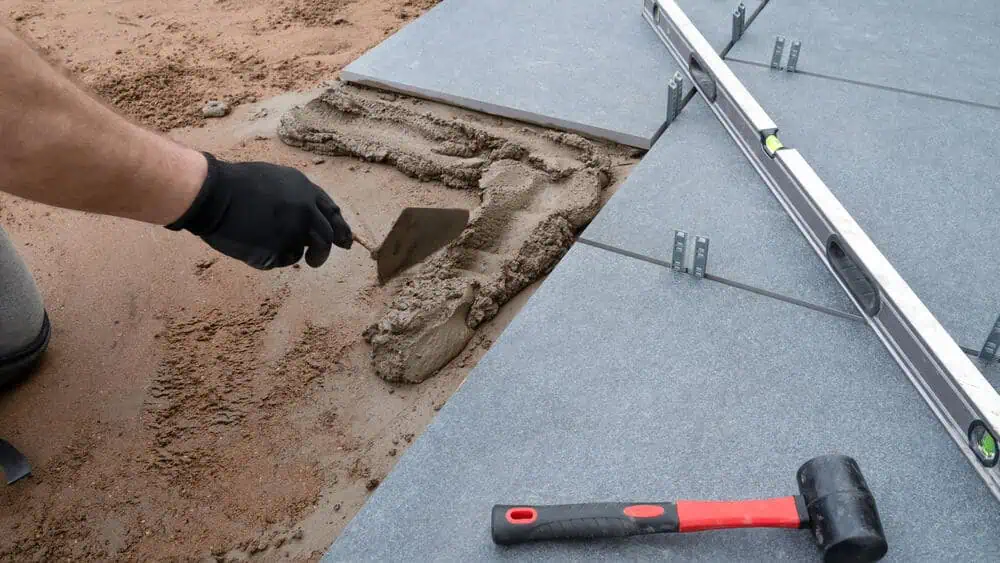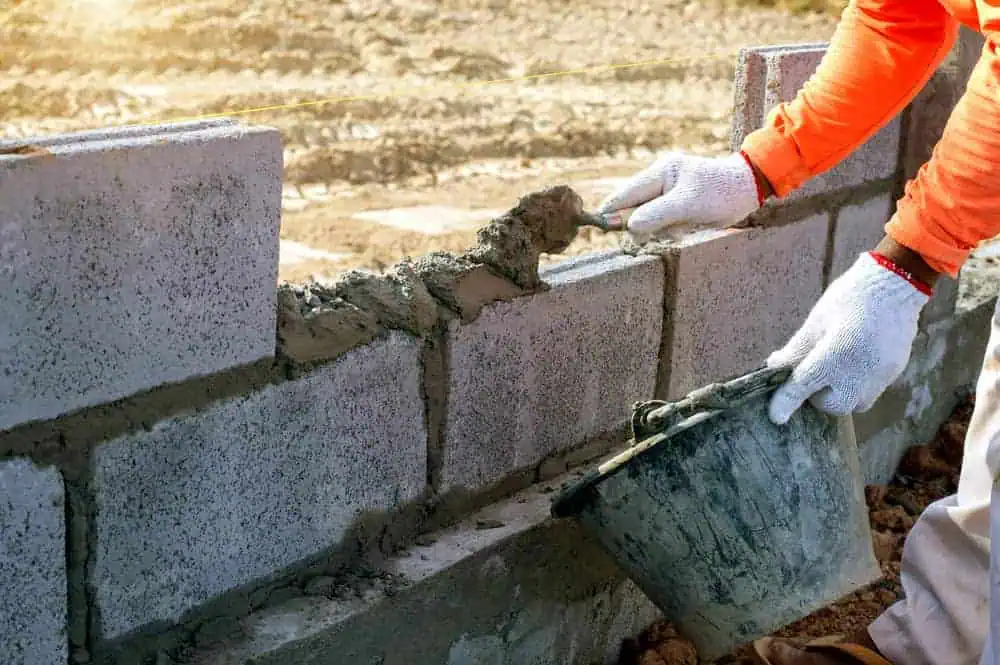Paving Contractor in West Somerville, MA
Learn essential maintenance tips after your paver installation in West Somerville, MA. Expert advice from Academy Masonry ensures your investment lasts.
Call Us Today: 508-501-3272

After your paver installation in West Somerville, MA, it’s important to let the new surface settle properly. Avoid heavy traffic on the freshly laid pavers for at least 48 hours to ensure they are set correctly. This initial period is crucial for the durability and stability of your paving.
Applying a high-quality sealant soon after installation helps protect your pavers from stains, weather damage, and general wear and tear. Academy Masonry recommends sealing your pavers within the first few months. This will enhance their longevity and keep them looking new.
Simple actions like sweeping away debris and promptly cleaning up spills can make a big difference. Taking these steps early ensures your paver installation remains beautiful and functional, enhancing your property in Middlesex County for years.
With years of experience in paver installation and maintenance, Academy Masonry offers unmatched expertise in Middlesex County.
Our team is committed to providing reliable and timely services and ensuring your satisfaction at every step.
Our customer support is available at 617-388-5207 for any maintenance or repair needs so that we can assist you promptly.

Keeping your pavers clean is crucial for maintaining their appearance and longevity. Regularly sweep away debris, such as leaves and dirt, to prevent staining and weed growth. Use a mild detergent and water for deeper cleaning, gently scrub the surface with a brush. This routine will keep your pavers looking fresh and vibrant throughout the year.
In Middlesex County, seasonal changes can affect your pavers. Falling leaves in autumn can cause stains if left unattended. Clear leaves regularly and consider using a leaf blower for a quicker cleanup. Snow and ice in winter can be particularly damaging. Use a plastic shovel to remove snow and avoid harsh chemicals for de-icing, as they can deteriorate the paver material over time.
In spring and summer, inspect your pavers for any signs of moss or algae growth, which can make the surface slippery. A mixture of water and vinegar can effectively remove these growths without damaging your pavers. Consistent maintenance routines will ensure your pavers remain in excellent condition, providing a safe and attractive outdoor space in West Somerville, MA.

Over time, some pavers may become loose or damaged due to heavy traffic or weather conditions. Address these issues promptly to prevent further damage and maintain the integrity of your paved surface. For minor repairs, carefully remove the affected paver, add fresh sand to the base, and replace it securely. This ensures the surface remains even and safe.
Regular inspections are essential, especially after extreme weather conditions common in Middlesex County. Look for any signs of shifting, cracking, or sinking pavers. If caught early, these issues can often be fixed easily without requiring extensive repairs. However, ignoring these problems can lead to more significant damage and higher repair costs in the future.
For more extensive repairs or replacements, it’s advisable to contact Academy Masonry. Our professional team can assess the damage and provide the best solutions to restore your pavers to their original condition. With our expertise, you can ensure that your paving installation in West Somerville, MA, continues to enhance your property’s aesthetics and functionality for years.
Somerville is a city located directly to the northwest of Boston, and north of Cambridge, in Middlesex County, Massachusetts, United States. As of the 2020 United States Census, the city had a total population of 81,045 people. With an area of 4.12 square miles (10.7 km2), the city has a density of 19,671/sq mi (7,595/km2), making it the most densely populated municipality in New England and the 19th most densely populated incorporated municipality in the country. Somerville was established as a town in 1842, when it was separated from Charlestown. In 2006, the city was named the best-run city in Massachusetts by The Boston Globe. In 1972, 2009, and 2015, the city received the All-America City Award. It is home to Tufts University, which has its campus along the Somerville and Medford border.